Search Results for Tag: animals
Bichirs: The fish that walk on land
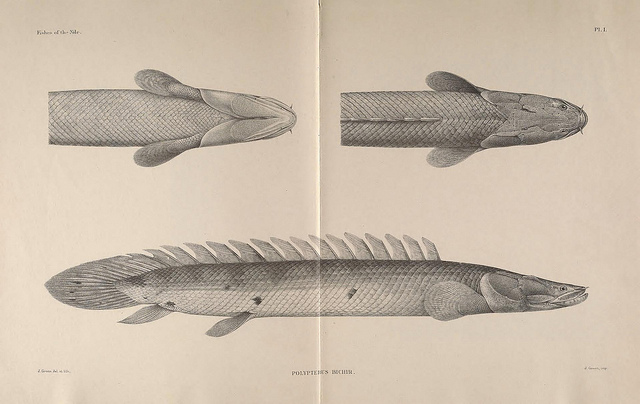
Illustration of a Bichir out of “The fishes of the Nile”, CC BY 2.0 via Biodiversity Heritage Library /flickr.com
The fish on the picture on top is a bichir, and it belongs to a fish order quite fascinating for researchers. Especially one representative of the bichirs, that goes by the name of Senegal bichir or “dinosaur eel”, was of special interest lately. The fish of the order of the Polypteriformes (meaning it has lots of fins) has not only lungs and gills, but also ossified, strong pectoral fins, to occasionally walk on land.
The ability to walk and breathe air led to an experiement, when researchers of the McGill University in Canada raised the dinosaur eels for eight months — on land. Of course they had to take care that the fishes won’t dry out. But because they move on land from pond to pond the fishes were kind of used to the situation.
The experimental arrangement consisted of a mesh and enough water for the fishes to stay in normal shape, but also too little water to just swim. The researchers also formed a control group using 38 fish growing up in their usual aquatic environment. The results of the research illustrate very clearly the changes that might have enabled fins to become limbs when some fish decided to trade water for land, around 400 million years ago. And that was, as we all would have to admit, a big step that would help the rise to tetrapods, including almost all land vertebrates from amphibians to mammals.
And the fish walk looks like this, do you see conformities in style to, let’s say, humans?
Eating our way through endangered species
Jennifer Seitz ponders humans’ seemingly insatiable appetite for exotic and wild meat – one that’s driving critically endangered species like the pangolin to the brink of extinction.
Man is the world’s most insatiable and efficient predator. His highly developed intelligence and the use of weapons and arms gives him the opportunity to kill opponents who normally would be much superior in the wild.
Furthermore, humans are ‘super-predators’ because they don’t just decide for one predator-prey system, but decide to get for all animals they feel threatened by. Although humans have managed to domesticate a lot of animals like cows, pigs and poultry they’re not satisfied with it. Nope. They also love to eat exotic animals. And they’re doing it in such a frenzied way that these animals are nearly extinct. That’s what happened to pangolins. Their meat is so highly coveted in China and Vietnam, that all eight pangolin species were upgraded on the IUCN Red List of Threatened Species. They’re critically endangered and the most illegally-traded mammals in the world – a sad record.
And because pangolins in Asia are becoming scarce, a booming pangolin trade in Africa has developed. Even there, the little scaly anteaters with their sticky tongues aren’t safe anymore.
But hey humans, don’t worry. When the pangolins have disappeared, there are still enough other endangered species which can be eaten to extinction.
More information can be found here.
India poll workers brave wild animals to reach voters
Braving hungry crocodiles, Asiatic lions, wild elephants and traveling in camel caravans– sound like an Indiana Jones movie? It’s what some election officials in India have faced in recent days trying to do their job.
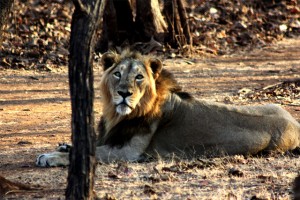 This Asiatic lion, along with other wildlife, awaited an election team in the Gir forest in Gujarat (Photo credit: CC BY 2.0: Shaunak Modi)
This Asiatic lion, along with other wildlife, awaited an election team in the Gir forest in Gujarat (Photo credit: CC BY 2.0: Shaunak Modi)
Pulling off a parliamentary election in the world’s largest democracy is never an easy task. Apart from the mind-boggling logistics this time (814 million eligible voters; over 930,000 polling stations; nearly 6 million poll workers), India’s physical size and topographical diversity trigger an obstacle course for some poll workers. From snow-bound mountains in the northern Himalayas, the deserts of western Rajasthan, tropical jungles to tiny remote islands in the south, some poll officials have to navigate a variety of routes to ensure citizens can cast their votes. And, a few election officials have also had to brave the teeming wildlife that comes with the terrain.
One newspaper report, along with a video, detailed how election officials on the Andaman and Nicobar archipelago in the Indian Ocean – home to more than 550 islands, many of them heavily forested – recently got into canoes and undertook a three-hour journey on a river infested with crocodiles. Their job was to get to a remote village along with their two voting machines and set up a polling booth. The mission, though harrowing, was eventually successful. But election officer, Biswajit Roy, a veteran of national polls, told the Wall Street Journal: “In all my years, this by far was the toughest.”
There were also reports of officials trudging through tropical jungles inhabited by snakes and traveling in camel caravans to reach settlements in the Thar desert in northwestern Rajasthan. Big animals were also very much on the mind of a polling team that traveled to the Gir forest in the western state of Gujarat – home to the majestic Asiatic lion – to cater to a lone voter in a hamlet there. Election rules in India say there must be a polling station within two kilometers of every residential community.
And, earlier this month, election officials in the northeastern state of Meghalaya had to contend with a herd of wild elephants that blocked the way to two polling stations. They were eventually chased away into the jungle by forest rangers.
Mankind’s best friends
Many people share their homes with them and all of us benefit from them – for example for food. Without the help of animals, mankind would probably not be as advanced as it is today. Some species have been on our side for a very long time. But which was the first species that joined human lives? Which animal was first domesticated and why did our ancestors choose this particular species?
Pigs are among the youngest members. Humans began to domesticate pigs around 4600 B.C. Evidence in form of fossils and DNA pieces for the time has been found in northern Germany. The finding is especially significant because the people in that era were Mesolithic hunter-gatherers (the so called Ertebølle culture) who may have already started to domesticate dogs but were not known to raise animals and crops for food.
Our list continues with one of the most beloved pets of our time, the cat. The oldest record of a cat living together with humans has been found on Cyprus about 9,500 years ago. Scientists found a young man buried along with a wildcat. Looking at Egypt about 4000 years ago, we find wall art displaying mummified cats. So we can be certain that feral cats by that time had already become loved pets. So it is clear that domestication happened in between these two dates. When exactly and why we don’t know yet.
Looking at sheep, the history of their domestication by mankind started even earlier. In ancient Mesopotamia the wild mouflon was domesticated between 11000 and 9000 B.C. These sheep were primarily raised for meat, milk, and skins. Wool only became important a few thousend years later, around 6000 B.C. In Iran a trading system was established that exported the wool to Africa and Europe.
The last animal in our list has been alongside of humans since between 18,800 and 32,100 years ago in Europe. A study explains that our ancestors started to turn their lupine foes into their best friends. We are talking about the dog. Or at least an animal that is a direct relative of the dogs we know today. Fossils of dog-like animals have been found, the study explains. But these creatures did not appear to leave any descendents, so there is no perfect proof as long as nobody can travel back in time to see our grand-grand-grand-grand-folks with their poochies.
9 animals that don’t need to go to the gym for training anymore
Jogging, gymnastics, pumping iron – humans make a great fuss about training their muscles in order to get stronger. But we will hardly ever be able to take it up with the following animals, which are considered to be the strongest on the planet – measured by how much they can lift in relation to their body weight.
Grizzly bears can take up to 0.8 times of their body weight.
Anaconda snakes can beat down one time their body weight.
Oxes are able to move objects 1.5 times their body weight.
African Elephants are also able to take 1.5 times their body weight – as they are very heavy themselves (about 6,000 kilogram), they are – in absolute terms – the strongest mammals.
Tigers manage to carry twice their body weight – even up a tree trunk.
Eagles can fly around with additional 4 times their body weight.
Gorillas manage to lift things 10 times as much as their body weight.
Leafcutter ants carry 50 times their body weight – with their “teeth”!
Dung beetles are the strongest animals: They can move objects that are more than a 1,000 times heavier than themselves.
Wondering now, how humans will get on? The average man will struggle to lift 0.65 times his body weight over his head. But in fact, the strongest man did so with about 4 times of his weight.




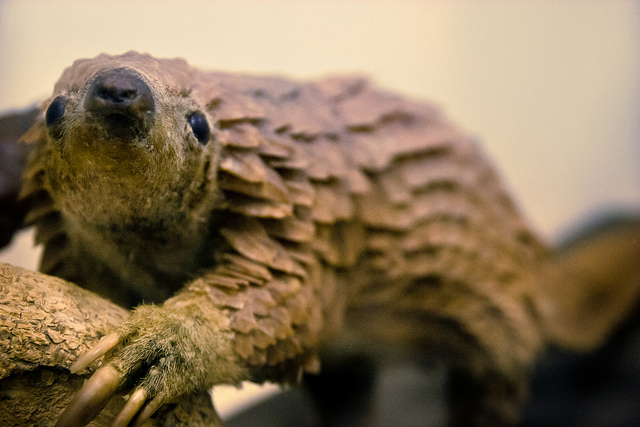



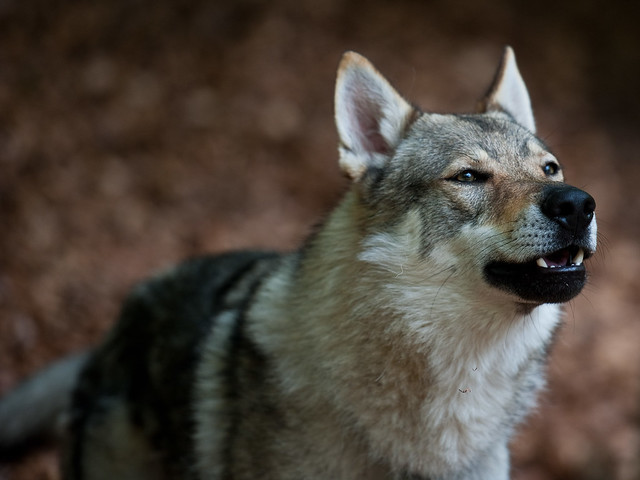
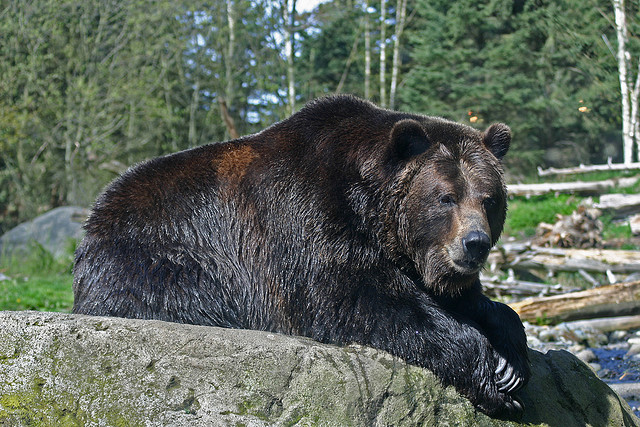
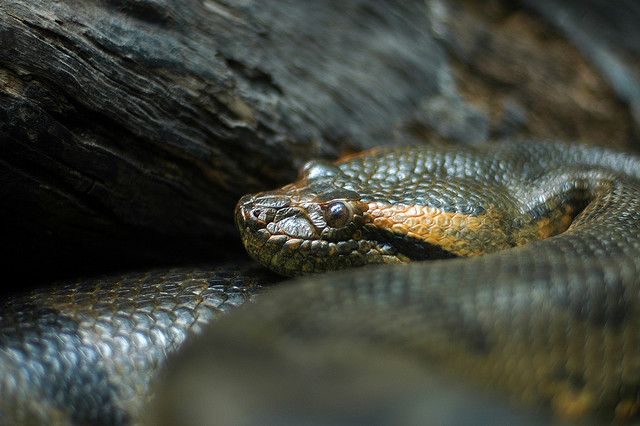
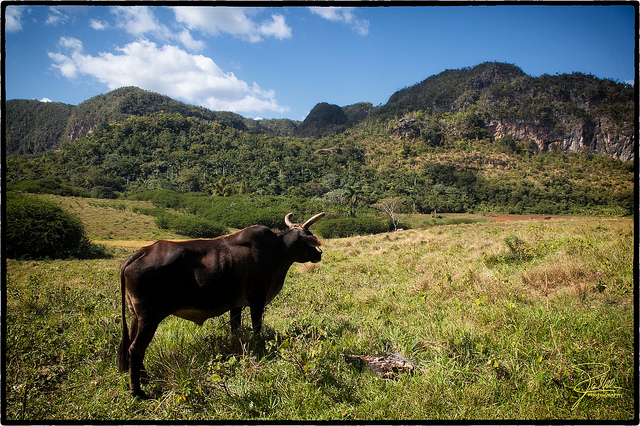
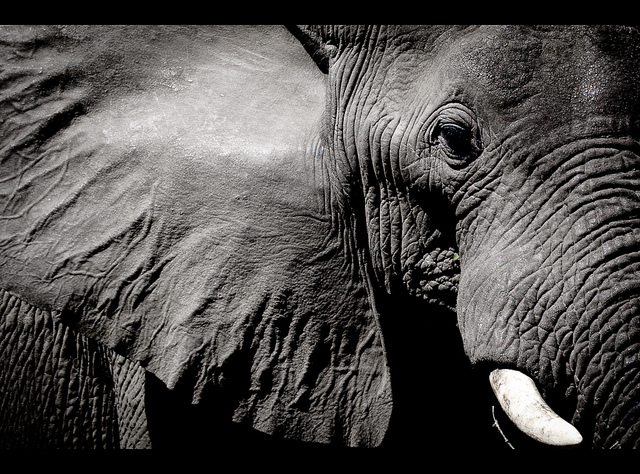
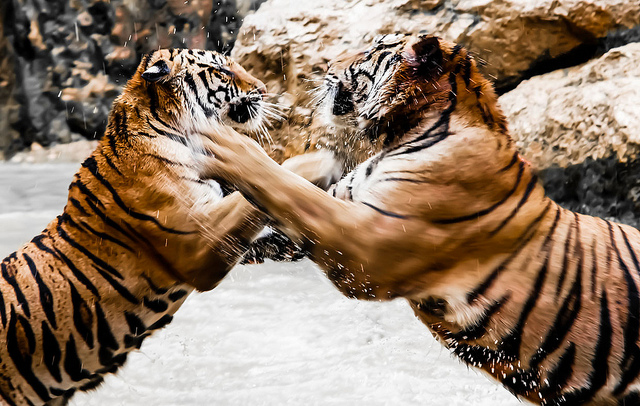
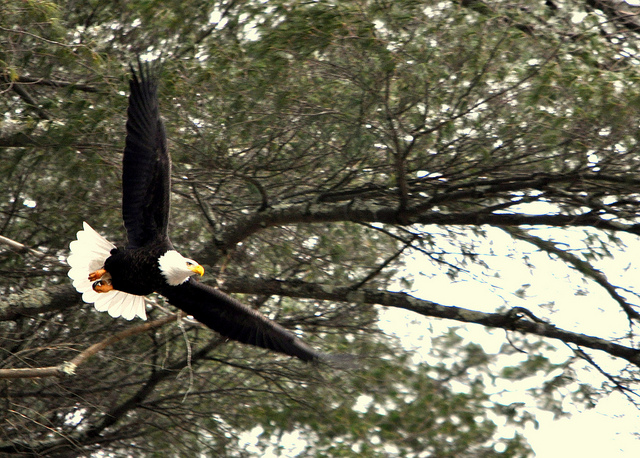
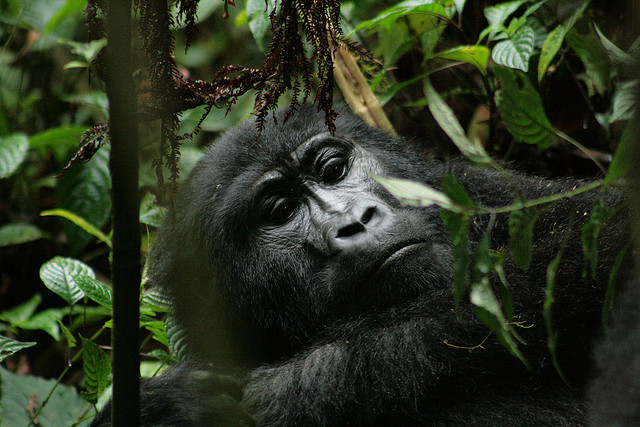
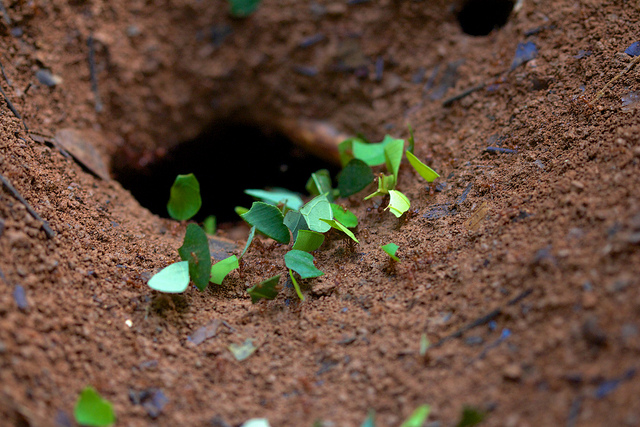
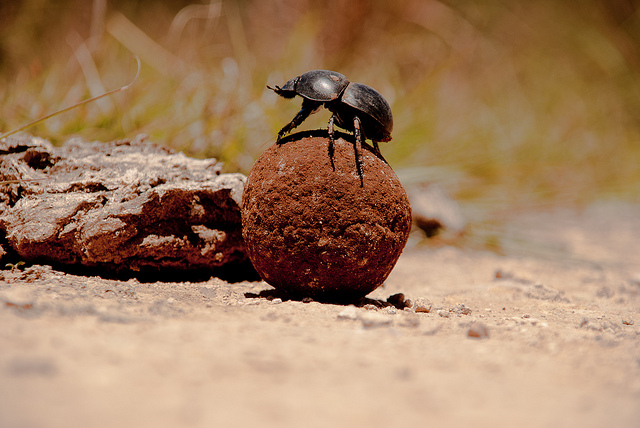




Feedback